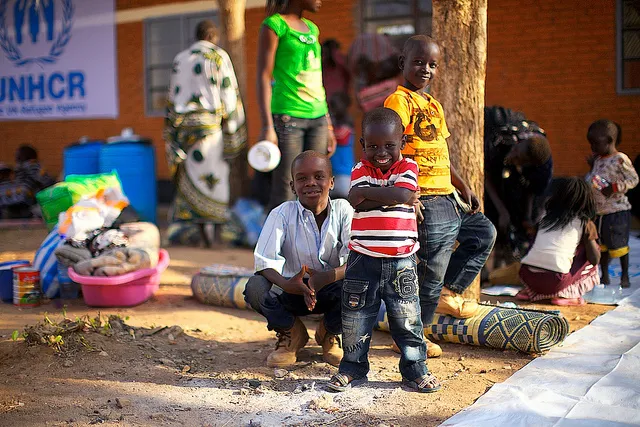Africa's Urban Populations and Six Biggest Cities In Africa
Six Biggest Cities In Africa
Africa's urban populations are booming, six of the 10 countries with the highest urbanization rates in the world in 2013 are in Sub-Saharan Africa.
Six Biggest Cities In Africa
| Country | City | Population |
|---|---|---|
| Nigeria | Lagos | 21 million |
| Egypt | Cairo | 20.4 million |
| Democratic Republic of Congo | Kinshasa | 13.3 million |
| Angola | Luanda | 6.5 million |
| Kenya | Nairobi | 3.5 million |
| Somalia | Mogadishu | 2.1 million |
Africa's urban populations are booming

By Chic African Culture
Sub-Saharan Africa is urbanizing, but at lower levels of per capita GDP than other regions.
Urban areas in Africa comprise 472 million people. That number will double over the next 25 years as more people are pushed to cities from the countryside. The largest cities grow as fast as 4% a year.Since the 1980s, much of the growth in developing countries has depended on the expansion of exports through industrial production and higher technology.
Nigeria itself has the 9th largest urban population in the world, surpassing 80 million in 2013. It also ranks as the country with the most urban dwellers in all of Africa.Urban living is also linked to higher school completion rates and improved water and sanitation facilities.
In Sub-Saharan Africa, about 80% of the urban population has access to an improved water source, compared with 53% of the rural population. And access to improved sanitation facilities in urban areas is almost twice that in rural areas.
Many Sub-Saharan African cities share three characteristics that constrain economic development and growth. Two appear directly in the cities’ physical structures and spatial form:
They are crowded with people and dwellings, and they are disconnected by a lack of transport and other infrastructure.
Finally, and in Part because they are disconnected, cities are also costly. Indeed, they are among the costliest in the world, both for firms and for households.
Nigeria itself has the 9th largest urban population in the world, surpassing 80 million in 2013. It also ranks as the country with the most urban dwellers in all of Africa.Urban living is also linked to higher school completion rates and improved water and sanitation facilities.
In Sub-Saharan Africa, about 80% of the urban population has access to an improved water source, compared with 53% of the rural population. And access to improved sanitation facilities in urban areas is almost twice that in rural areas.
Many Sub-Saharan African cities share three characteristics that constrain economic development and growth. Two appear directly in the cities’ physical structures and spatial form:
They are crowded with people and dwellings, and they are disconnected by a lack of transport and other infrastructure.
Finally, and in Part because they are disconnected, cities are also costly. Indeed, they are among the costliest in the world, both for firms and for households.




